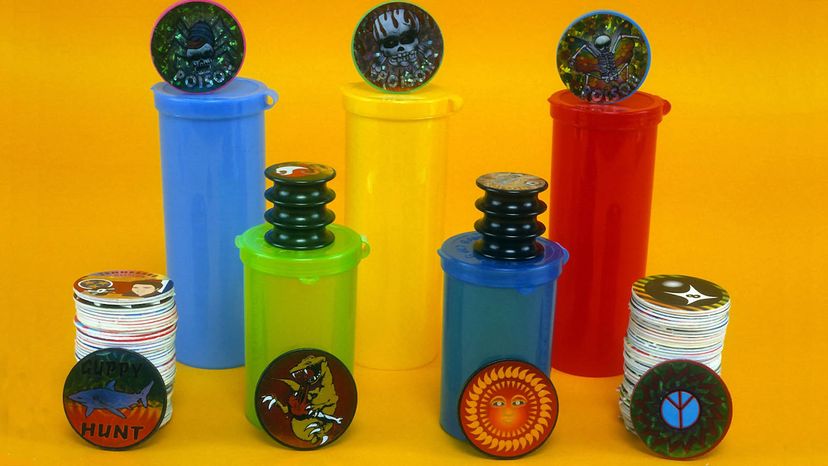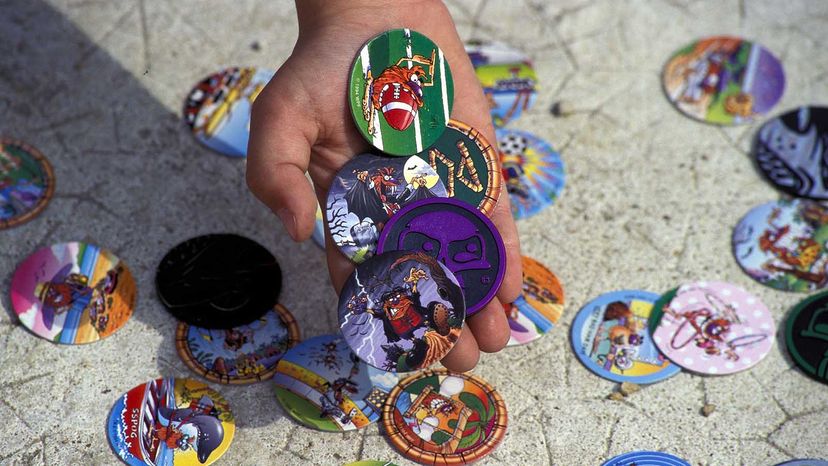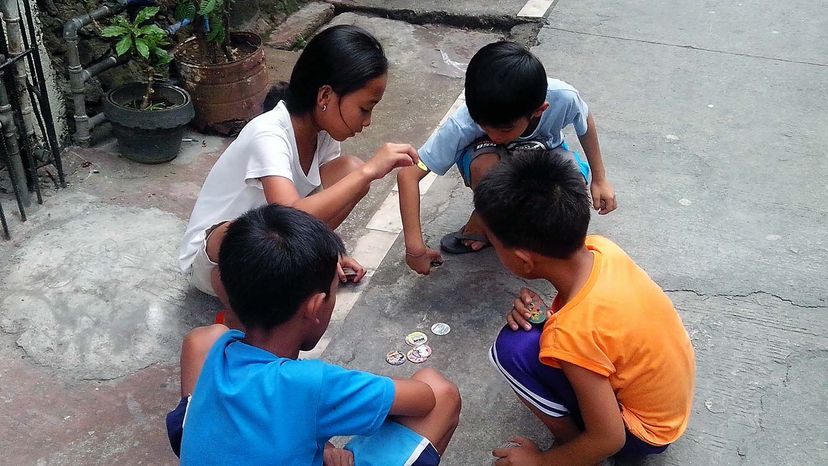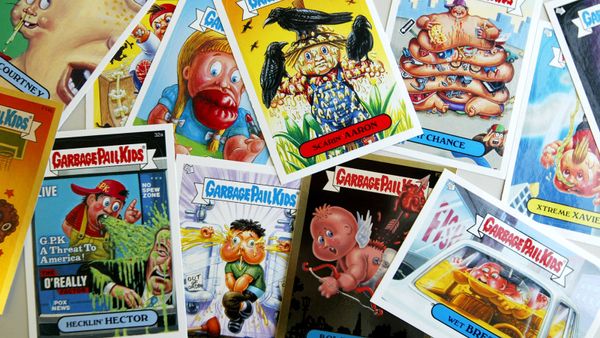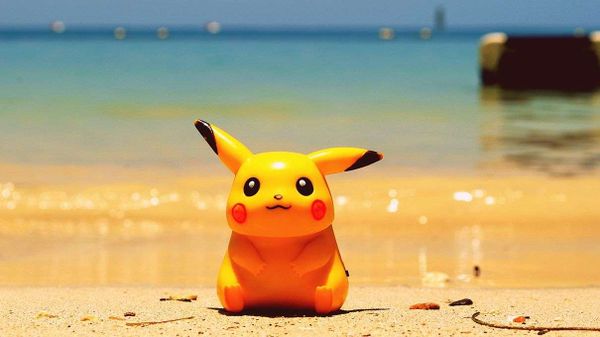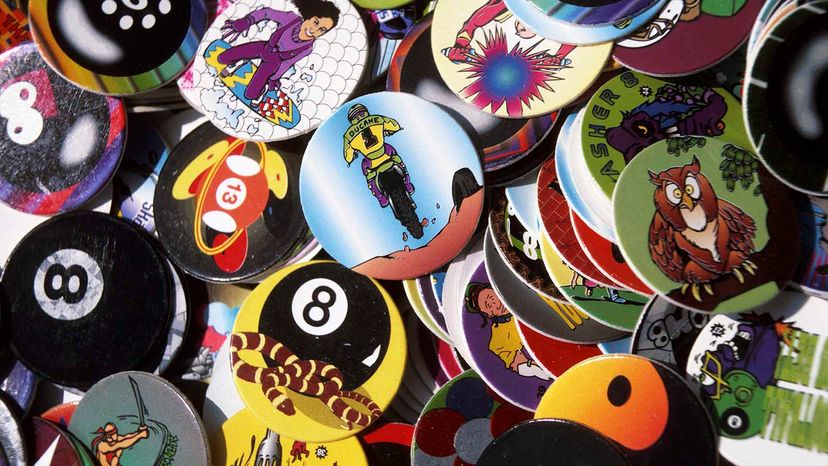
The '90s, am I right? Hollywood's cashed in pretty hard on our nostalgia for this decade. "Animaniacs" is back, there's a new "Jurassic Park" trilogy and hey, did you hear we're getting a long-awaited "Space Jam" sequel?
(We think that's phat. Like, it's so phat, you guys. Who doesn't love "Space Jam?")
Advertisement
Less attention is now paid to another '90s pop culture artifact: POGs.
Remember those things? Remember the time Milhouse van Houten literally traded Bart Simpson's soul away for a set of them? Alas, much like "The Simpsons," POGs have somewhat dropped off the radar since their '90s heyday.
A lot of us older than the age of 30 or so probably could use a quick refresher. If the word "POGs" rings a bell, but you've sort of forgotten what they were, where they came from and why schools started banning the playthings, then this article is for you.

Advertisement
